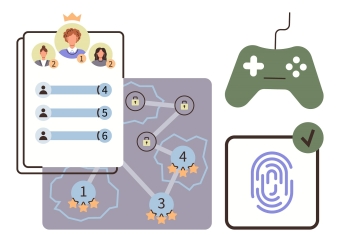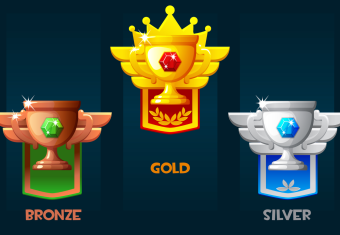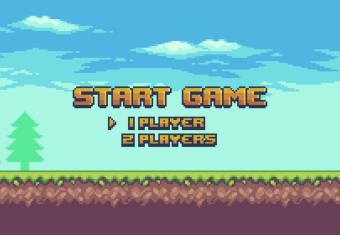The last few years have seen some major changes to the Australian job market. People are resigning their corporate careers in droves in search of better work-life balance, working from home is now seen as more of a right than a privilege, and labour shortages are compelling companies to offer big incentives if they want to retain skilled staff...One of those incentives is training.
Now is a good time to begin a career as an Instructional Designer (ID) if you have a passion for learning and would like to try something new. But how do you get started? It can be difficult to get a foot in the door when most companies are looking for qualified and experienced candidates.
The good news is, you don’t need to be a qualified educator or have a degree in computing. While there are lots of ID courses to choose from, ranging from a few days to a few years, there is also a lot of open-source information available on the web free of charge. This can be in the form of articles, blogs, videos, tutorials and slide-share packs. The question is - what should you be looking for and where should you look?
Below are some suggested topics to get you started.
Instructional Design 101
ID Authoring Tools
The most popular are Adobe Captivate and Articulate Storyline 360 although there are many others to choose from. Download a trial and get to know the software. Most employers will want to know that you can use them.
Learning Management Systems (LMS)
Companies will almost always use an LMS to manage their training. By far the most popular is Moodle, followed by Edmodo and Blackboard. Courses often can be imported as a Sharable Content Object Reference Model (SCORM) package or you can create a course directly within the LMS. There are a lot of tutorials available to help with this. When using Moodle and similar software, having a basic grasp of HTML is very handy.
ID Models
The ADDIE is the most well-known ID model. It includes five phases - Analyse, Design, Develop Implement and Evaluate. The ADDIE can be described as a linear approach to design with a strong focus on upfront planning. Other Models like the SAM (Successive Approximation Model) is an iterative approach that emphasises the importance of rapid prototyping and continuous feedback loops.
Learning Theories
While there are many theories to choose from, the most relevant to instructional design are Behaviourism, Cognitivism, Constructivism, Connectivism, and Adult learning theory. Learning theories are important because they explain the mechanics of how we learn. They also provide practical ideas for creating meaningful learning experiences.
Course Structure
There are various ways to structure a course depending on development timeline, course size, target audience and budget. The main course types are synchronous and asynchronous learning, blended learning, and flipped classrooms.
Learning Objectives
Also known as ‘learning goals’, these are essential for eLearning. They are the foundation of any learning intervention and a measure of whether that intervention has succeeded. Blooms Taxonomy is the holy grail for creating meaningful learning objectives, complete with a list of verbs to use for each learning domain.
Motivation
Without ‘the right’ motivation, people will not invest the effort required to learn. This is particularly the case for self paced courses that have limited social interaction. Keller’s ARCS Model offers a guide to motivate even the most resistant learners.
Creating Lessons
All lessons, regardless of length, must have a structure or plan. Gagen's Nine Events of Instruction is a proven lesson blueprint that is used extensively worldwide.
Design
This is the fun part of putting a course together. Design requires that you build site maps, storyboards and scripts to articulate your vision. Once this is done, you can start developing your materials and include graphics/media. This will generally be the responsibility of the design team, however, it's important to understand basic knowledge of User Experience (UX) and graphic design principles (UX/UI design)
Project Management
Knowing how to put a package together is only half of the equation. Being able to manage resources, project scope, timeline and budget is the other half. There are many different PM methodologies that organisations use, depending on their needs. For software development, Agile and PMBOK are the most popular.
So What Now?
Once you have a grasp on the underlying theory and the steps required to put together a learning package, the next part of the journey is to gain some practical experience. It’s been proven that the best way to learn is through trial and error. Try everything and see what works and what doesn’t. If you can put together a portfolio to show a motivated employer, this should be enough to get you your first job.
Why not start by creating an Instructional Design course? It's the ultimate way of learning by doing.


